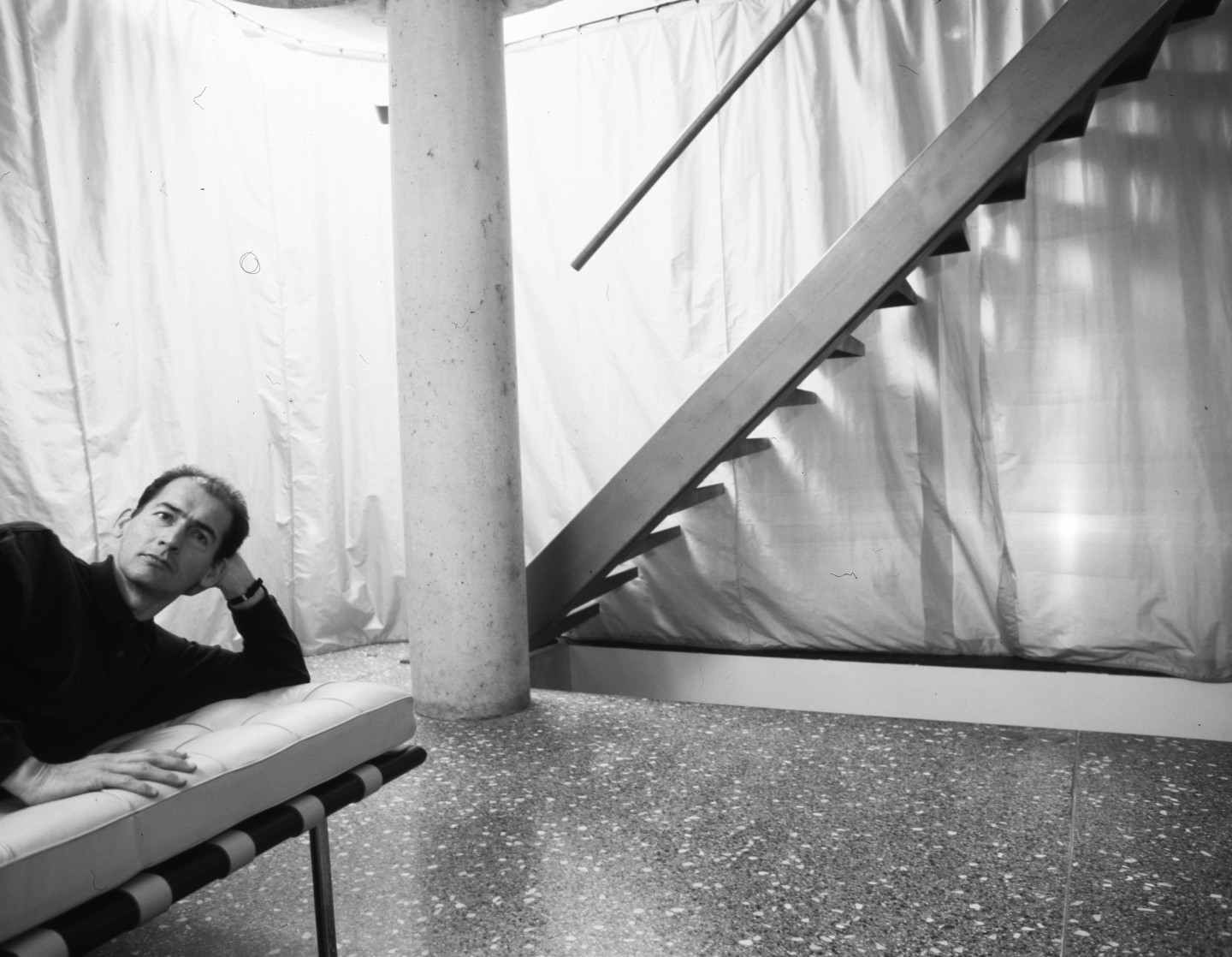On The House of Doctor Koolhaas
Françoise Fromonot

OMA’s Villa dall’Ava in Saint Cloud, just west of Paris, is a strange building, an eerie association of rationalism and delirium. The forthcoming publication, entitled The House of Doctor Koolhaas is an inquiry into its underlying project, its intent and meaning, powered by a promenade (both physical and allegorical) through its many paradoxes, and a foray into the culture of its architect. Using Koolhaas’s visual discourse on the villa as a reservoir of embedded clues, it demonstrates that this building is his direct challenge to Le Corbusier’s purism, using domestic architecture as a pretext and a laboratory—as Le Corbusier himself did in his own time and with his nearby villas. Koolhaas achieves this oedipian challenge using two means: the tools and references of the most popular of modern media (cinema); and the purpose and methods of the most radical and persistent avant-garde (Surrealism).
As the investigation will reveal, the hidden operator of his critique is therefore and onceagain the zaniest and most popular representative of this movement, Salvador Dalí (whom Koolhaas had explicitly entrusted with a similar role in his celebrated "retroactive"manifesto, Delirious New York)—Dalí, who, more than any of his contemporaries, has consistently worked to promote an original cross-fertilization of these artistic domains.
The starting point of this investigation is a paranoid-critical scrutiny of the thirty-one plates dedicated by Koolhaas to the villa in his monumental auto-monograph SMLXL (1995). Its development then proceeds with an incremental exploration of this small building as manifesto; and its (open) conclusion offers a meditation on the ambitions, predicaments and anxieties in Koolhaas’s built and written work as they have been exposed by the detective process.
Françoise Fromonot teaches architectural design, history, and theory at ENSA Paris-Belleville. She has also held visiting professorships in architecture at several foreign universities including Cornell and Rice Universities and the Academy of Fine Arts Vienna. In addition to numerous articles in French and international magazines (including Casabella, AV, Archis, A+, OASE and Arch+), she has published several books on contemporary architecture, including Jørn Utzon: The Sydney Opera House and Glenn Murcutt, published in three languages and both awarded the Prix du livre d’architecture by the Académie d’Architecture of Paris. She is currently working on a series of critical essays on famous buildings from modern architectural history for MIT Press.
The Berlage Sessions, a seven-part seminar series entitled “About the Book,” examines recent scholarship and their respective book production, from building biographies and academic anthologies to memoirs and novels. Topics will include El Lissitzky’s project for a “horizontal skyscraper,” a meditative tour of a family’s house on the Sardinian Coast, an account of the life and work of the architect Minoru Yamasaki, the role of modernism and material culture played in the aspiring Black American middle class of the early twentieth century, a critical-paranoid investigation of the paradoxes of OMA’s enigmatic Villa Dall’Ava, the emergence of world histories of architecture, and the tenuous relationship of eighteenth-century England to late-capitalist modernity through the lives and times of ceramics entrepreneur Josiah Wedgewood. The series will conclude with a reflection on how and for whom is architectural history is written.